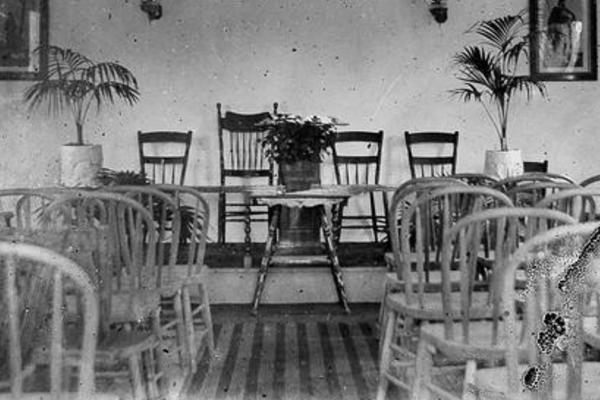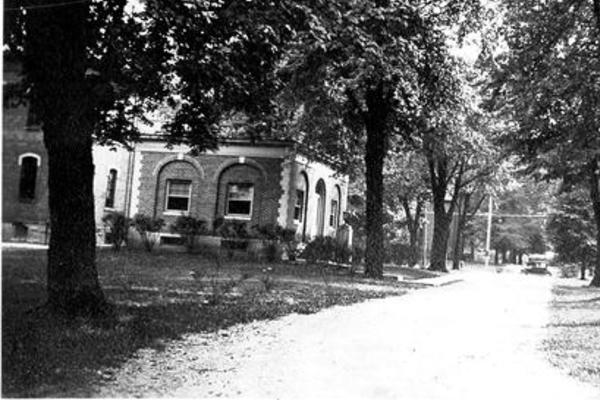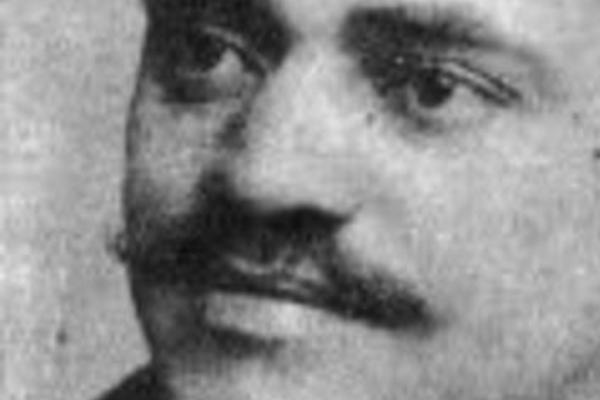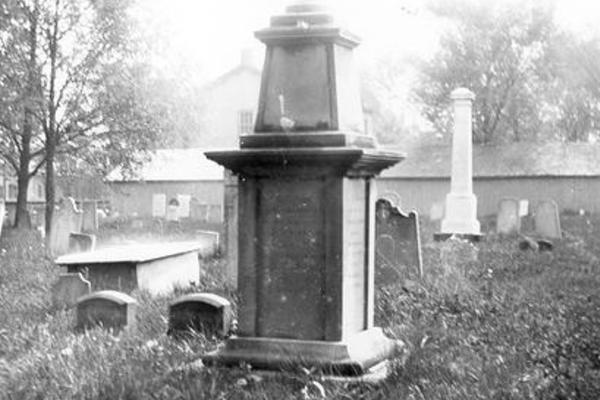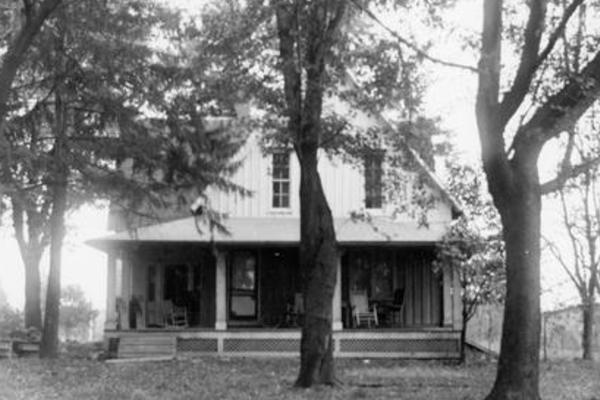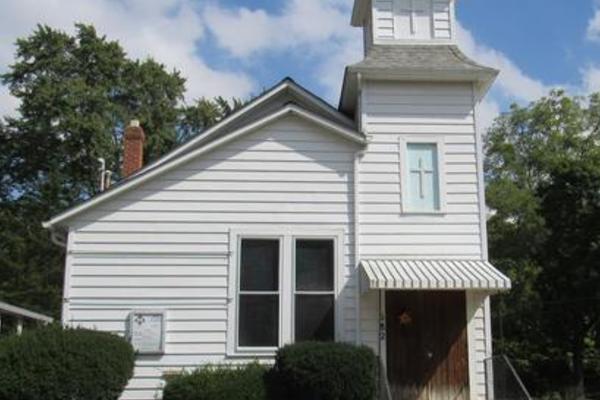Monday,
September 21, 2020
5:32pm
October's Worthington Memory exhibit celebrates the stories of the Black community that have been part of Worthington since its beginning.
In 1804, one year after Worthington’s founding, the Ohio legislature enacted the Black Laws, which were further strengthened in 1807. These laws existed specifically to discourage Black people from settling in Ohio. They required, among other things, Black residents provide certification they were not enslaved people, and to gain the guarantee of at least two people of a surety of $500 for their good behavior, a sum equal to over $10,000 today. The laws existed until 1849.
Despite this open hostility toward Black settlers in the state, African Americans have always lived and worked in Worthington. The Worthington Historical Society (WHS) has compiled a
walking tour of downtown Worthington celebrating the stories of Black residents through the centuries. The tour focuses on sites of special significance within walking distance in old Worthington. As explained in the introduction to the tour, "The story of the Black experience in Worthington from the early 1800s to today is complex and varied. While in some aspects, Worthington was unique and progressive in its social activism and integration, it is also true that discrimination and inequality have been present from the first years." Our October exhibit includes some, but not all the stops featured on the WHS tour. Be sure to check out the full tour, which can be done either on foot or online.
A spot near the heart of Old Worthington was a brickyard in the years shortly after Worthington’s founding in 1803. The walking tour describes: "As you look east down Dublin-Granville Rd, the clay bank where the street begins to descend was left by melting glaciers that created a wide river. This was the site of Amos Maxfield's brickyard." Maxfield's records for the Worthington Academy show payments made to "Black Daniel" on November 7, 1807, for his work at the brickyard. Situated at 752 High Street, current site of COhatch/Sew to Speak, the Academy started instruction in its new, two-story brick building in 1811. The tour explains "No records reveal how long Daniel lived in the community or if he had a family. Frontier Ohio was not a welcoming environment for Blacks, although individual villages, like Worthington, sometimes were."
A few decades later, there is more evidence of Black residents in Worthington. According to the 1830 census, Franklin County was home to around 300 "colored" residents, with only two families-- those of Benjamin Lee and John Lee-- and several single men, living in Sharon Township. At St. John’s Episcopal cemetery, Sexton George Griswold recorded two of Benjamin and Nancy Lee's infants buried in the southeast corner. The tour literature states: "The markers of the Lee children can no longer be located, as is the case with many headstones in this cemetery. The burials reflect that Blacks were part of the community, although perhaps on the fringe. Griswold's records note that the Lee infant buried in 1831 was a patient of local doctor Kingsley Ray, indicating that the family did have access to a physician. The 1850 Sharon Township census reveals that Benjamin and Nancy Lee, both born in Virginia, had six children living. An 1878 city directory lists Benjamin Lee as a basket maker."
One of Worthington's most notable residents was Charles Kiner, who is pictured in the main image accompanying this exhibit. Charles was the son of Benjamin and Frances Kiner, who were emancipated in Virginia at the close of the Civil War. The couple was successfully reunited by the Freedmen's Bureau following the war, as explained by Edward Ayer in the book "The Thin Light of Freedom." He writes: "In a few instances, the efforts [of the Freedmen's Bureau] worked. Benjamin Kiner had moved to Ohio and wrote his wife Frances back in Augusta [County, Virginia] in 1866, through the connections of the Freedmen's Bureau. 'I would like to have you come out here and I hope you will make up your mind and come with the children,' he urged. 'I should like to have all the children with me as they can go to school.'" After moving to Ohio, the family settled in Worthington near the turn of the century. In 1900, Benjamin was 85 and a widower, living with his son Charles and his family.
Charles Kiner was the first known African American to hold public office in Worthington, when he was appointed town marshal in 1891. According to an 1860 ordinance, the town marshal was the village's primary law enforcement official, who oversaw a deputy and was appointed to a term of two years. Kiner rented a home that stood on the lot where Worthington United Methodist Church is today, at 600 N. High Street. Known as the "Principal’s Cottage," or "Birdsong," the residence housed the principal of the Worthington Female Seminary that operated in Worthington from 1839 to 1857. The home was later moved behind the post office on Short Street.
Kiner was also instrumental in the formation of St. John A.M.E. (African Methodist Episcopal) Church. Throughout the 1800s, Black residents were able to attend church at any of the denominations in Worthington, but often gathered in their homes to worship. Millie Alston conducted church and Sunday School in her home on Plymouth Street in the early 1890s. In 1896, a group began to organize a home church for Worthington's Black community. Led by Peter Banks with assistance from Kiner, D.H. Taborn, J.T. Horton and James Birkhead, the group purchased a lot from Alston for $50 and relocated a home to the site to serve as a church. This first building, called Bethel A.M.E., served the congregation until 1914, when local carpenter Mr. Hard constructed the building that stands today at 682 Plymouth Street. The church was renamed St. John's A.M.E., and the congregation remained there until 2004, when it relocated to Crosswoods Drive.
These are just some of the stories of Worthington’s Black community shared in the WHS walking tour. Be sure to visit it online or stroll through the sites in person this month!

